Outdoors
The latest Outdoors breaking news, comment, reviews and features from the experts at T3
Explore Outdoors
-
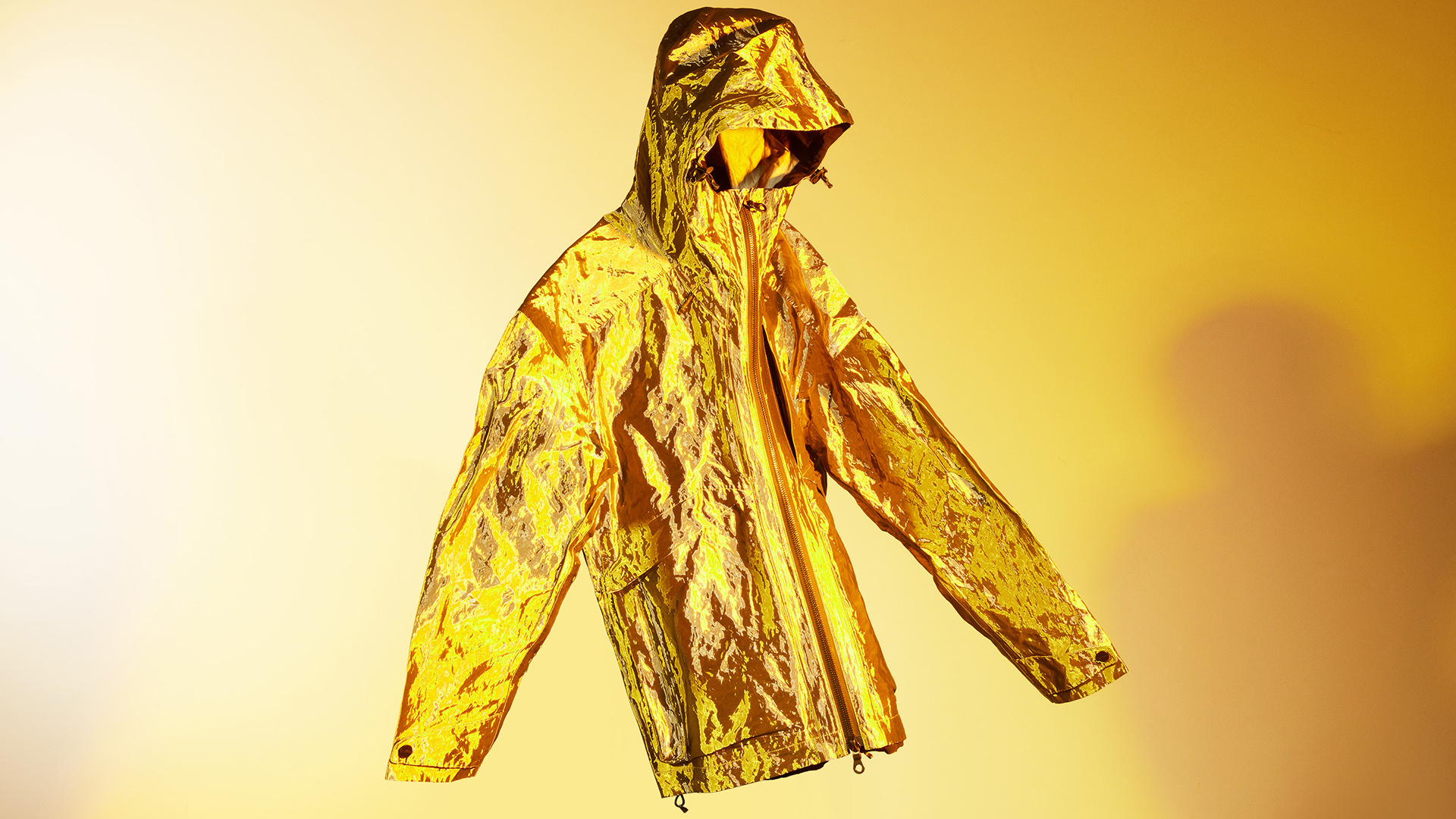
Vollebak's Full Metal Jacket Gold Edition is equal parts luxury, science fiction and bio-armour
The most luxurious survival jacket ever made? Possibly.
By Matt Kollat Published
-
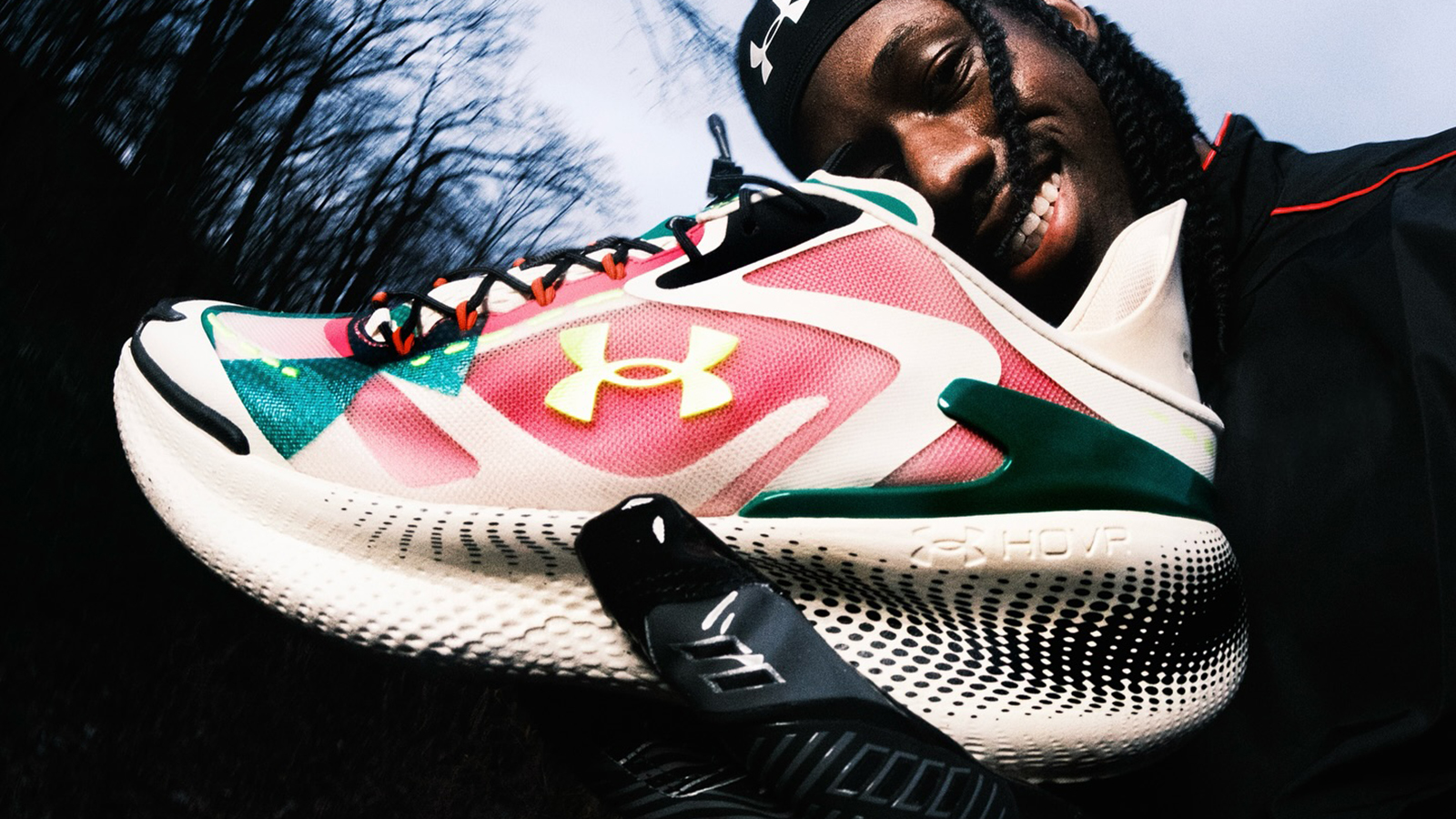
Under Armour's new sneaker doesn't play by the old rules
If this is the future of the brand, it's off to a running start
By Matt Kollat Published
-

YETI just made bowls cool – literally. And also figuratively.
New YETI design, same bear-proof energy
By Matt Kollat Published
-

T3 Luxury Month 2025: the greatest gadgets and opulent accessories you need for your life
From watches to cars, T3 is rounding up the best of the best for Luxury Month
By Bethan Girdler-Maslen Last updated
-
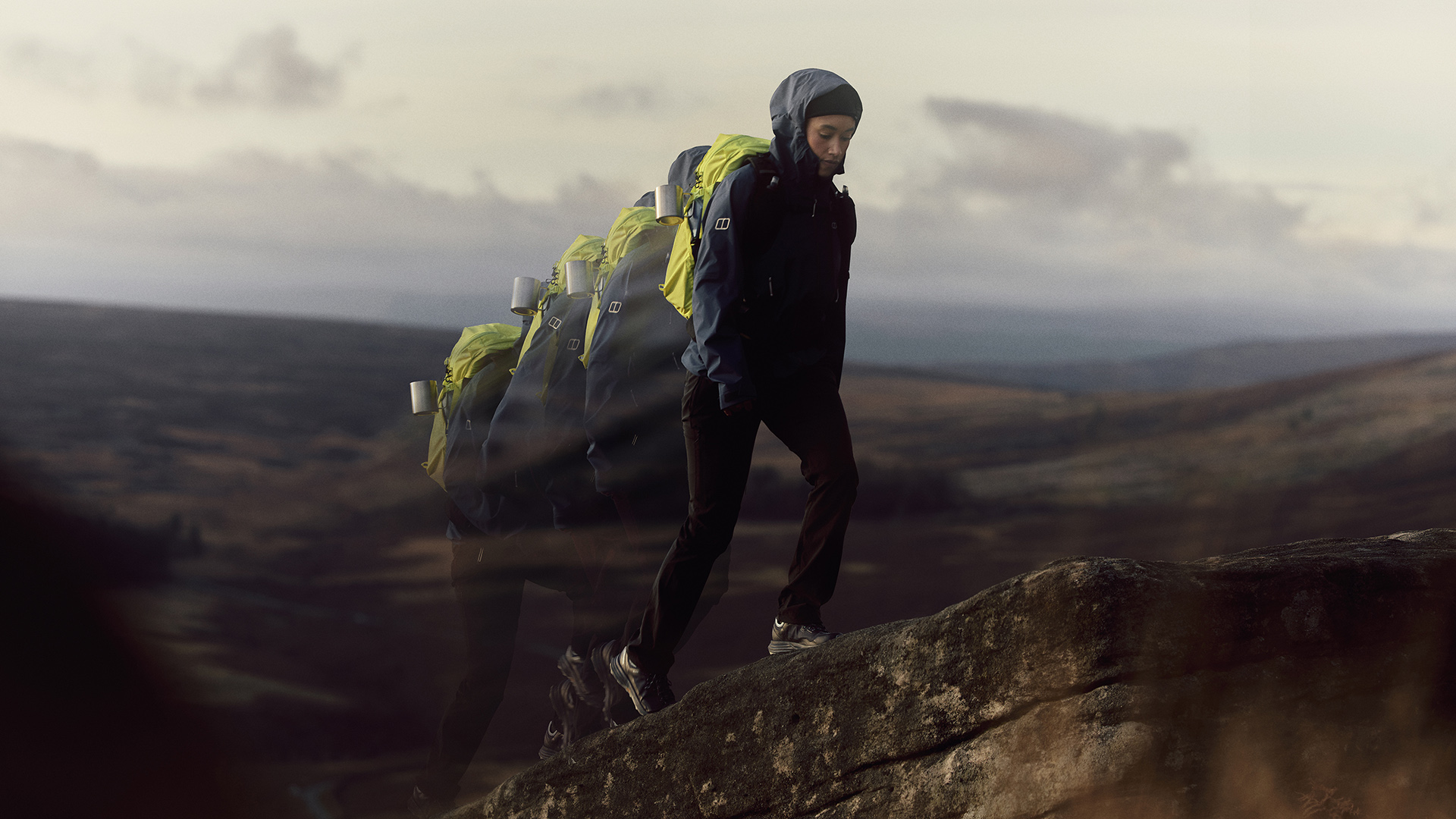
Berghaus wants to be your new favourite street-to-summit brand
The brand's latest Trail Collection brings the company up to speed with some of the most popular outdoor labels
By Matt Kollat Published
-
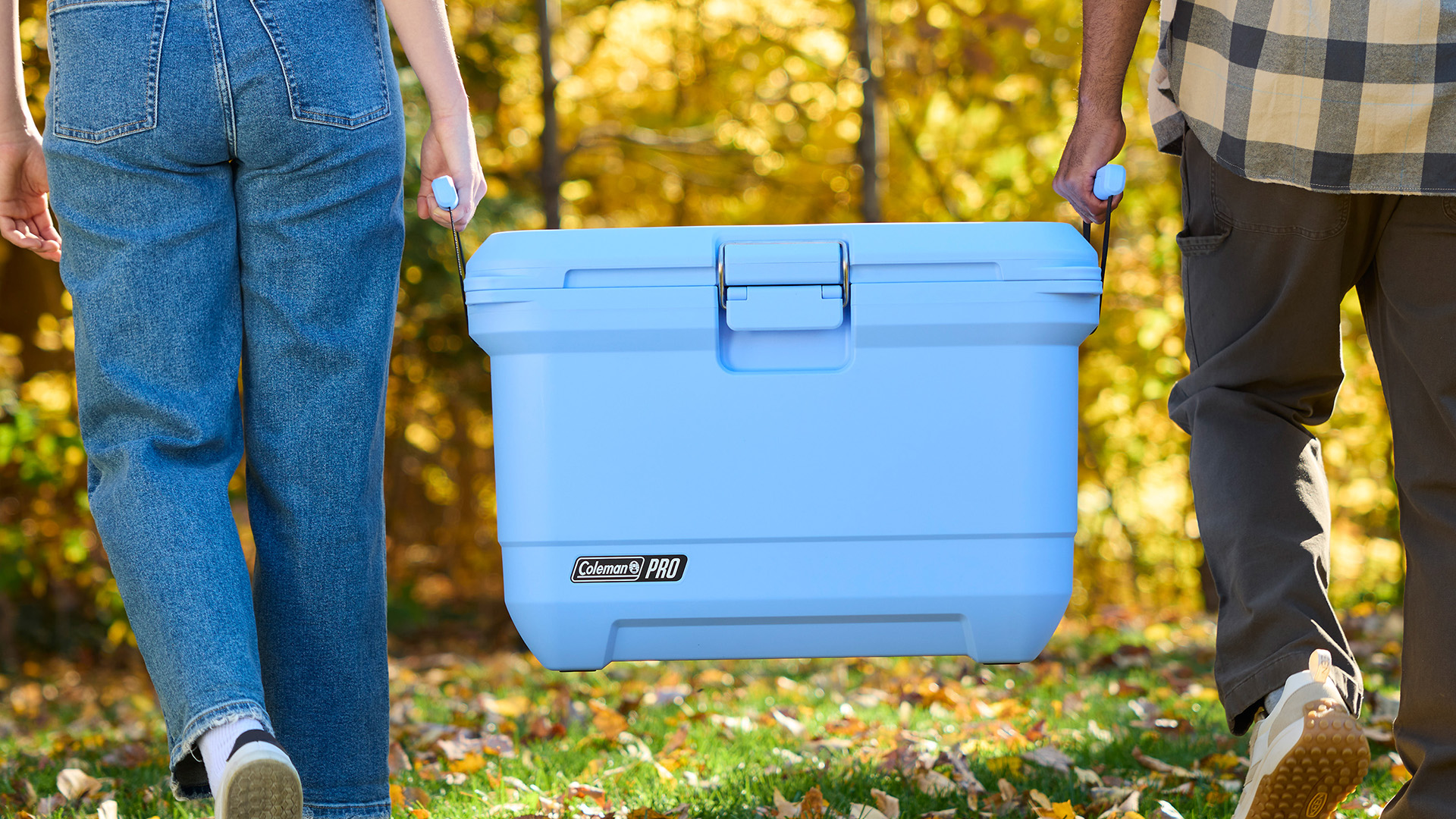
Coleman takes on YETI with lighter, tougher and cheaper Pro Cooler range
Move over, YETI – there’s a new cooler in town, and it's not here to play nice
By Matt Kollat Published
-

GO Outdoors slashes up to 75% off tents, beds, and backpacks just in time for festival season
It’s time to secure your festival essentials, if you haven't already
By Bryony Firth-Bernard Published
-
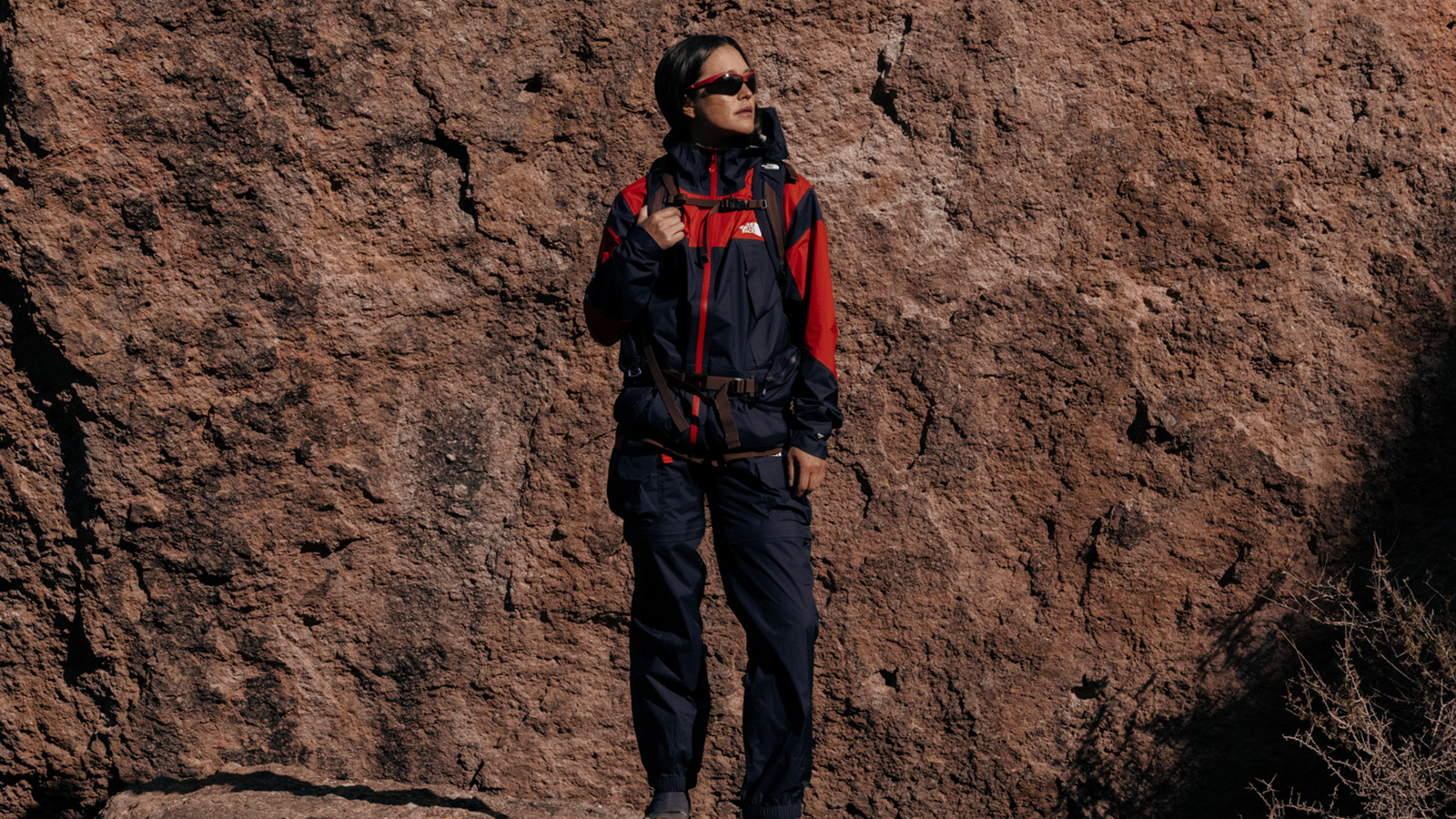
The North Face and UNDERCOVER are back to zen-slam the trails with SOUKUU Season 4
Meditative mountain gear? You better believe it – SOUKUU SS25 is part trailwear, part philosophy, and all fire.
By Matt Kollat Published
-
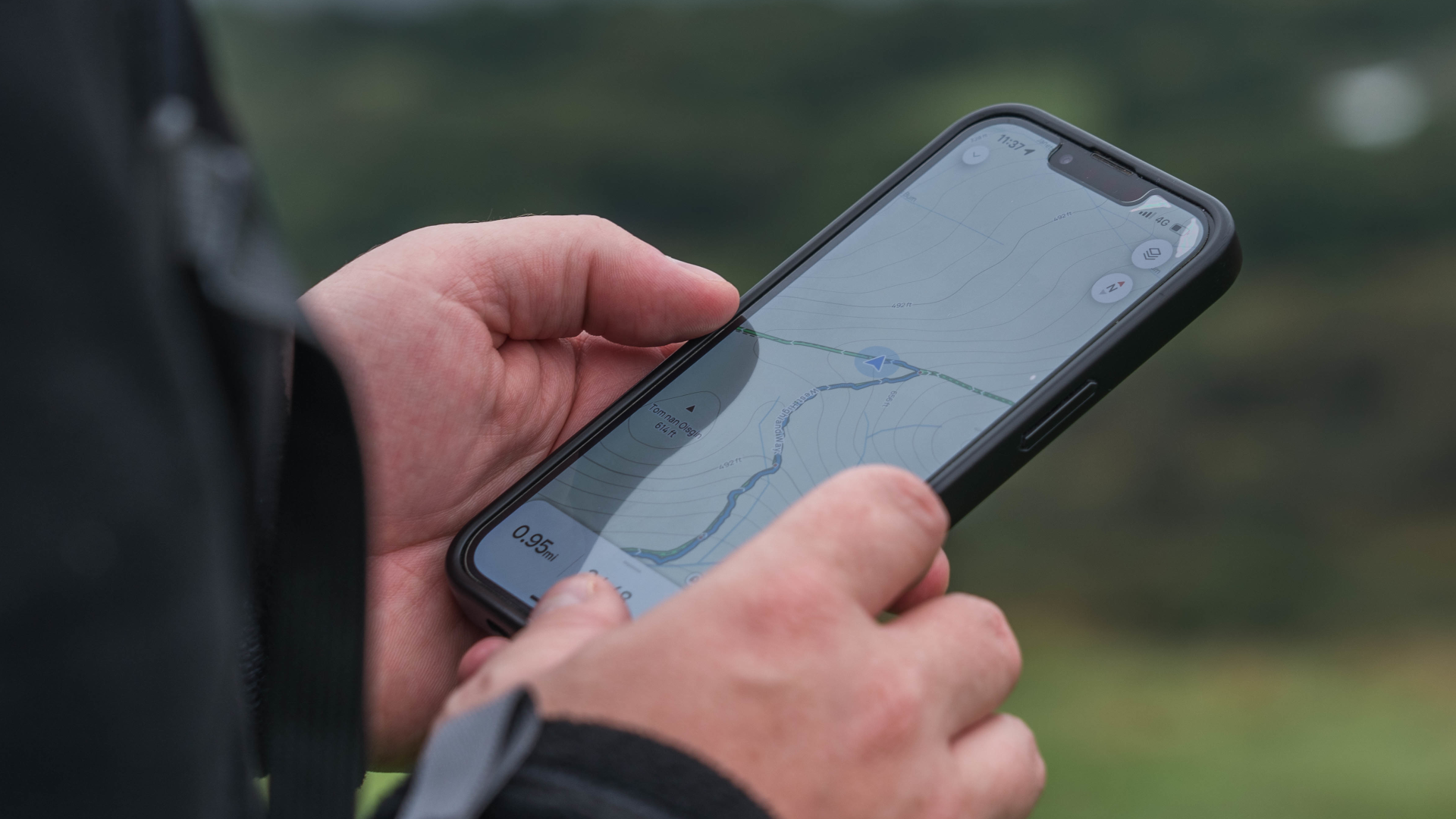
I’m an outdoors writer and the app I use for all my walks and hikes has 50% off
You can now snap up an annual AllTrails+ membership for £17.99, but it's for a limited time only
By Bryony Firth-Bernard Published
-
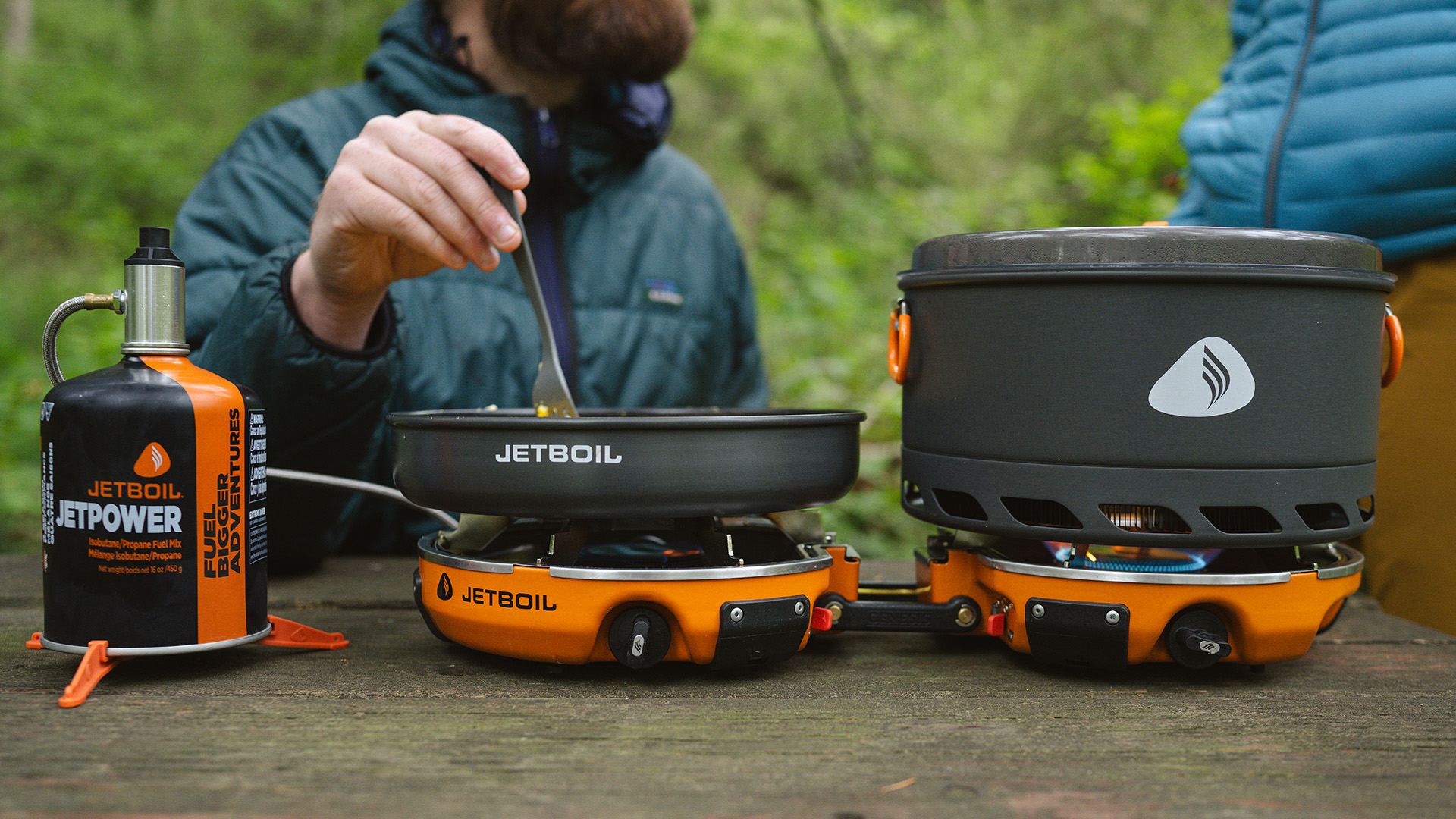
Jetboil's Genesis Basecamp System is all my camping stove dreams rolled into one
Compact, clever, and capable – Jetboil's new Genesis Basecamp System Isobutane is the ultimate campsite cooking setup
By Matt Kollat Published
-
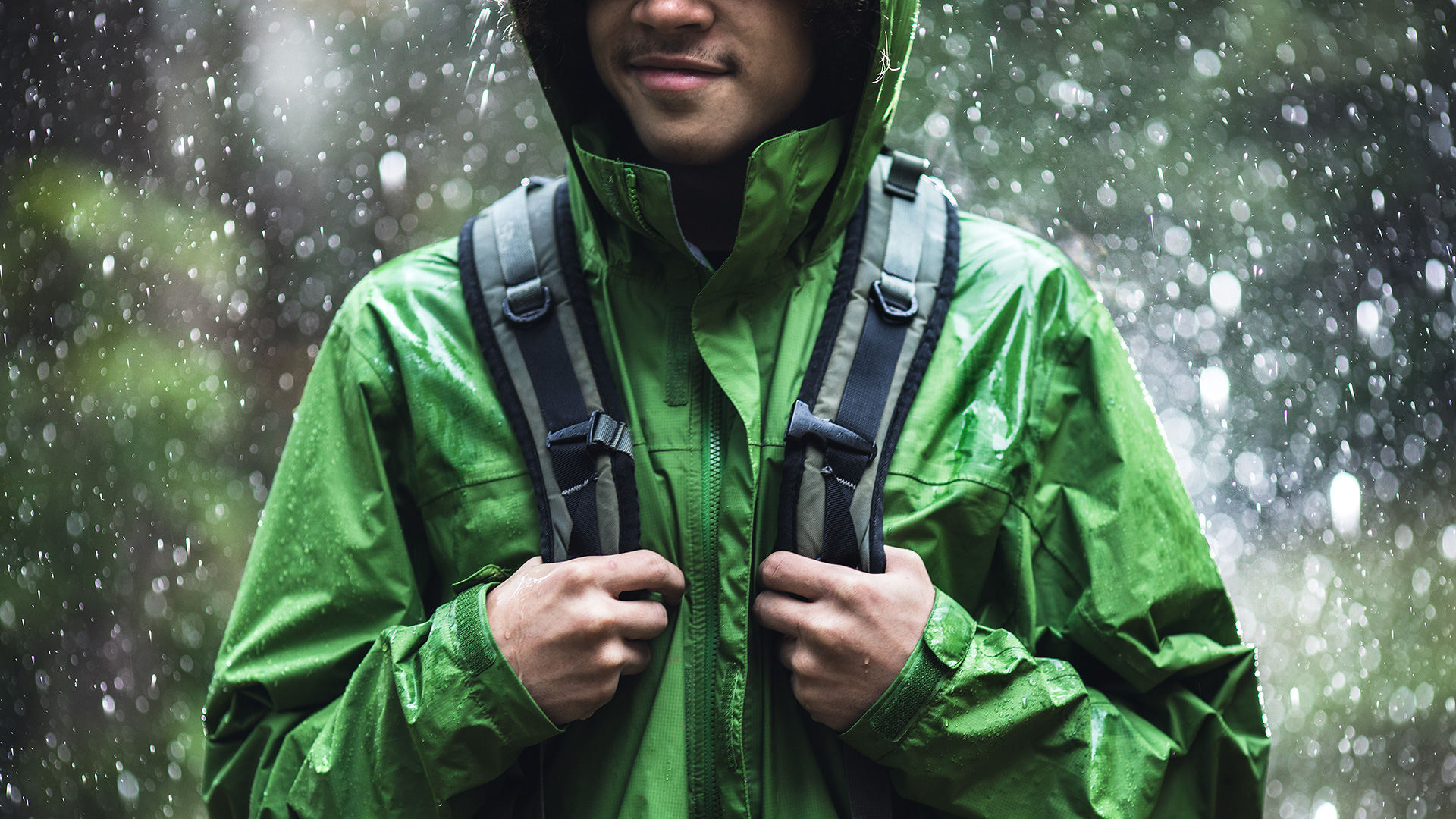
Oh, so you never wash your waterproof jacket? What could possibly go wrong
Waterproof jackets are like friendships – ignore them too long and they’ll stop working for you. And just like friendships, the fix often involves a little warmth.
By Matt Kollat Published
-
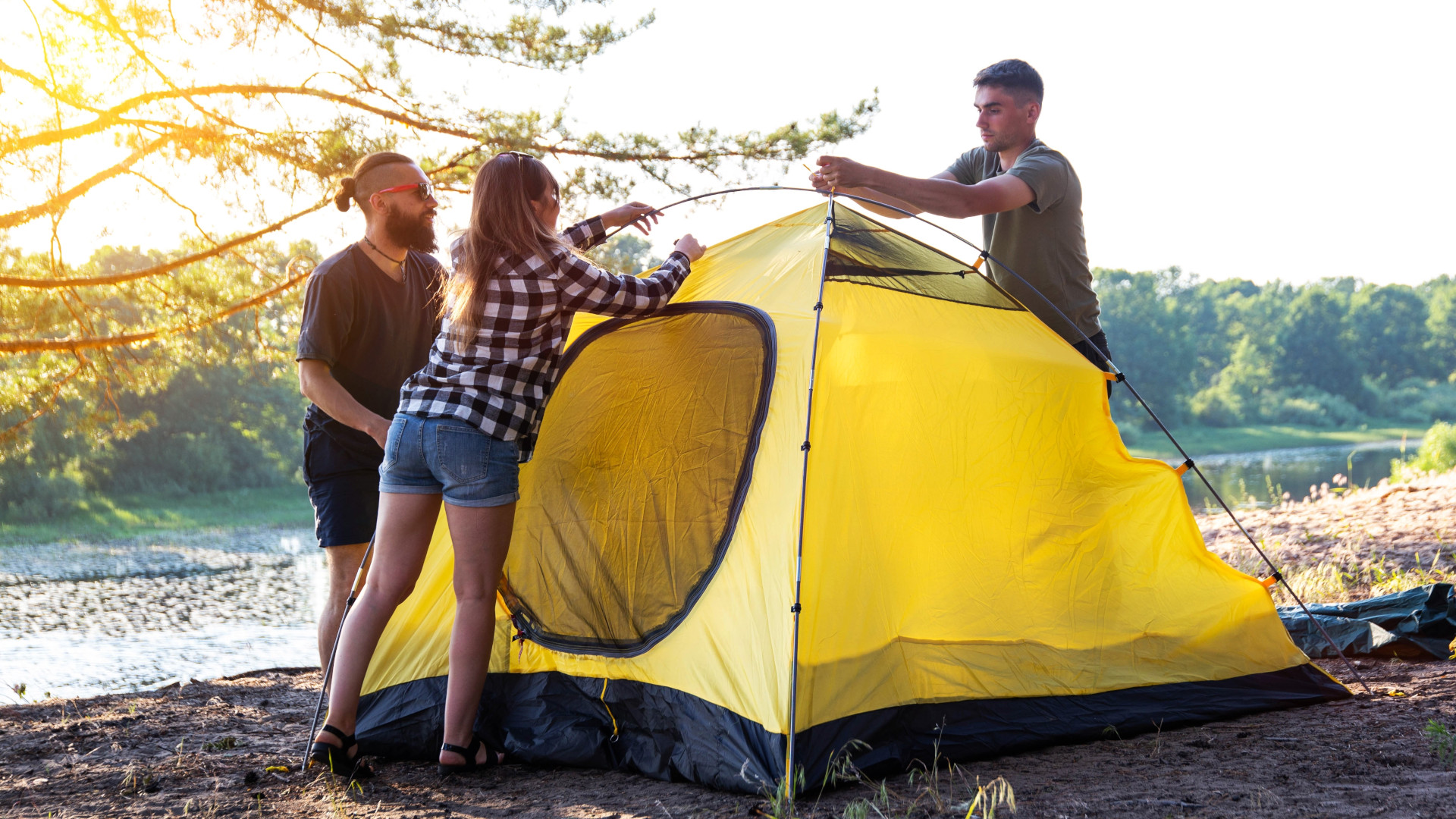
5 common camping mistakes and how to avoid them for a relaxed outdoor escape
Whether you're a seasoned camper or a complete newbie, don't overlook these common blunders
By Bryony Firth-Bernard Published
-
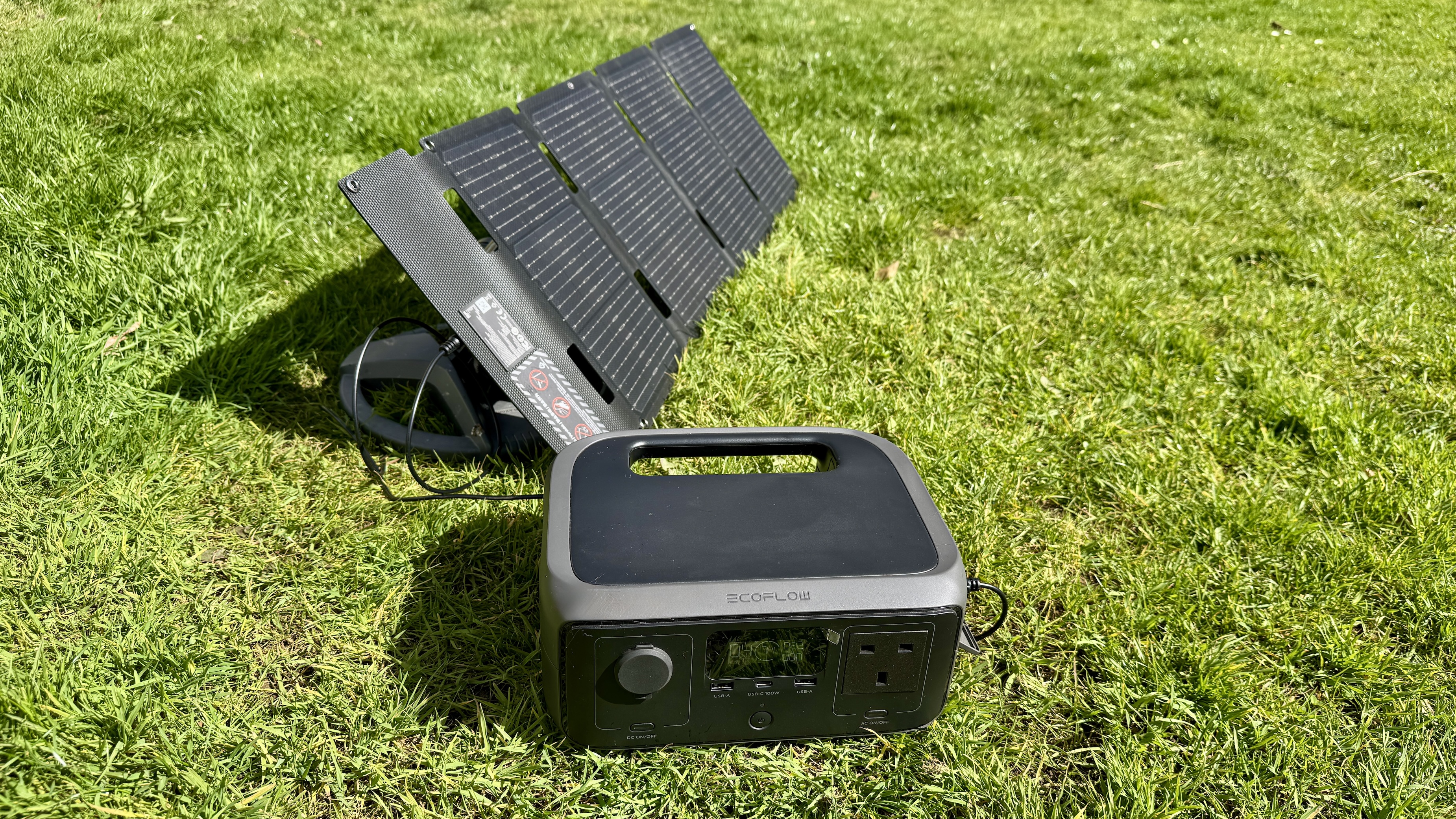
EcoFlow River 3 UPS review: Downsizing power without compromise
Keep the juice flowing with EcoFlow’s latest travel buddy
By Derek Adams Published
-

The AeroPress Go Plus is the gadget I need for my next outdoor adventure
Whether you’re off camping or heading on a hike, the new AeroPress Go Plus lets you enjoy great coffee on the go
By Bryony Firth-Bernard Published
-
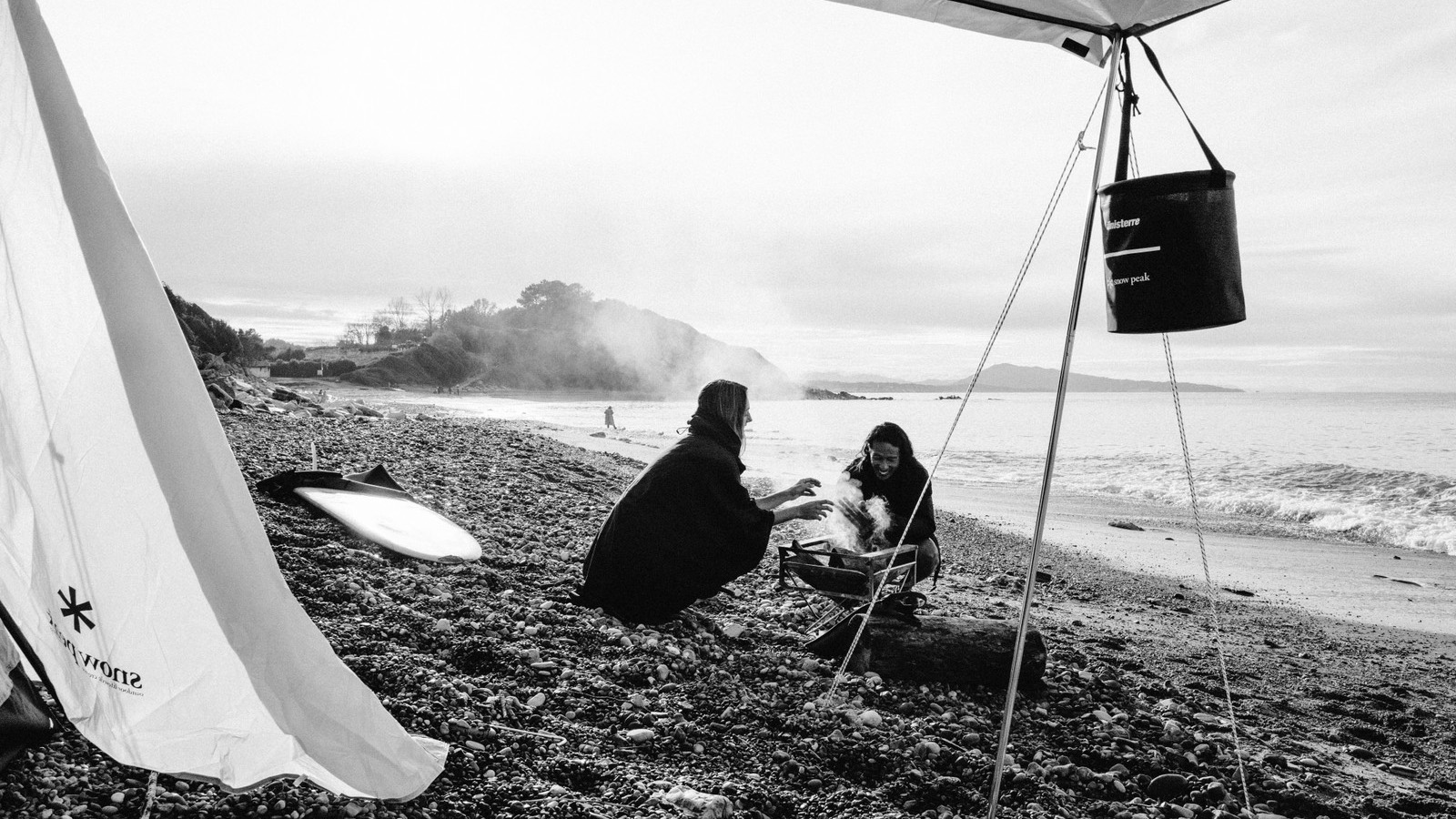
Surfing meets camping in this ruggedly stylish new collab from Finisterre and Snow Peak
Titanium mugs, YULEX wetsuits and a sleeping bag poncho – this collab has it all
By Matt Kollat Published
-
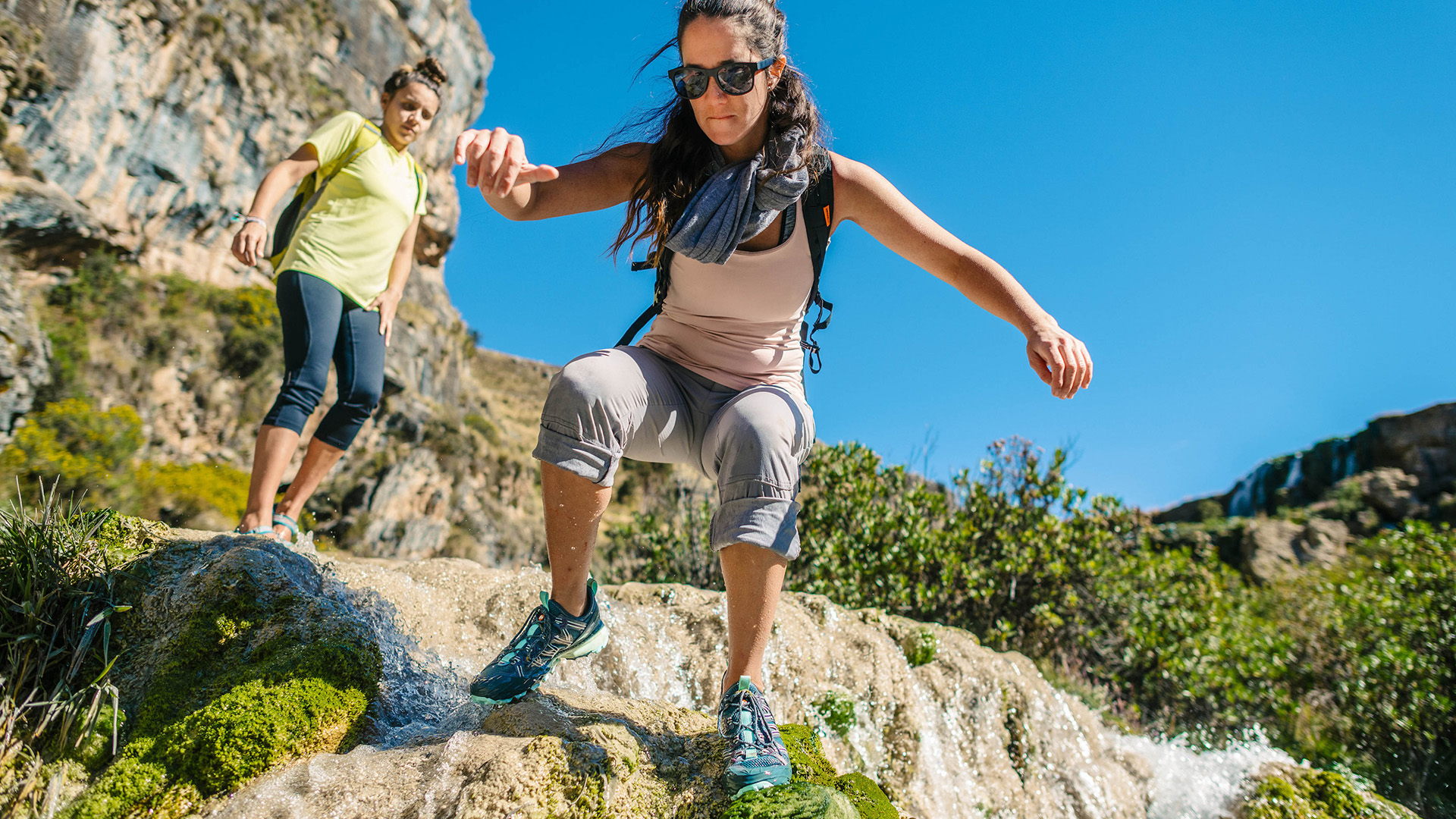
Best women's walking shoes 2025: explore in comfort, every step of the way
These shoes were definitely made for walking
By Bryony Firth-Bernard Last updated
-
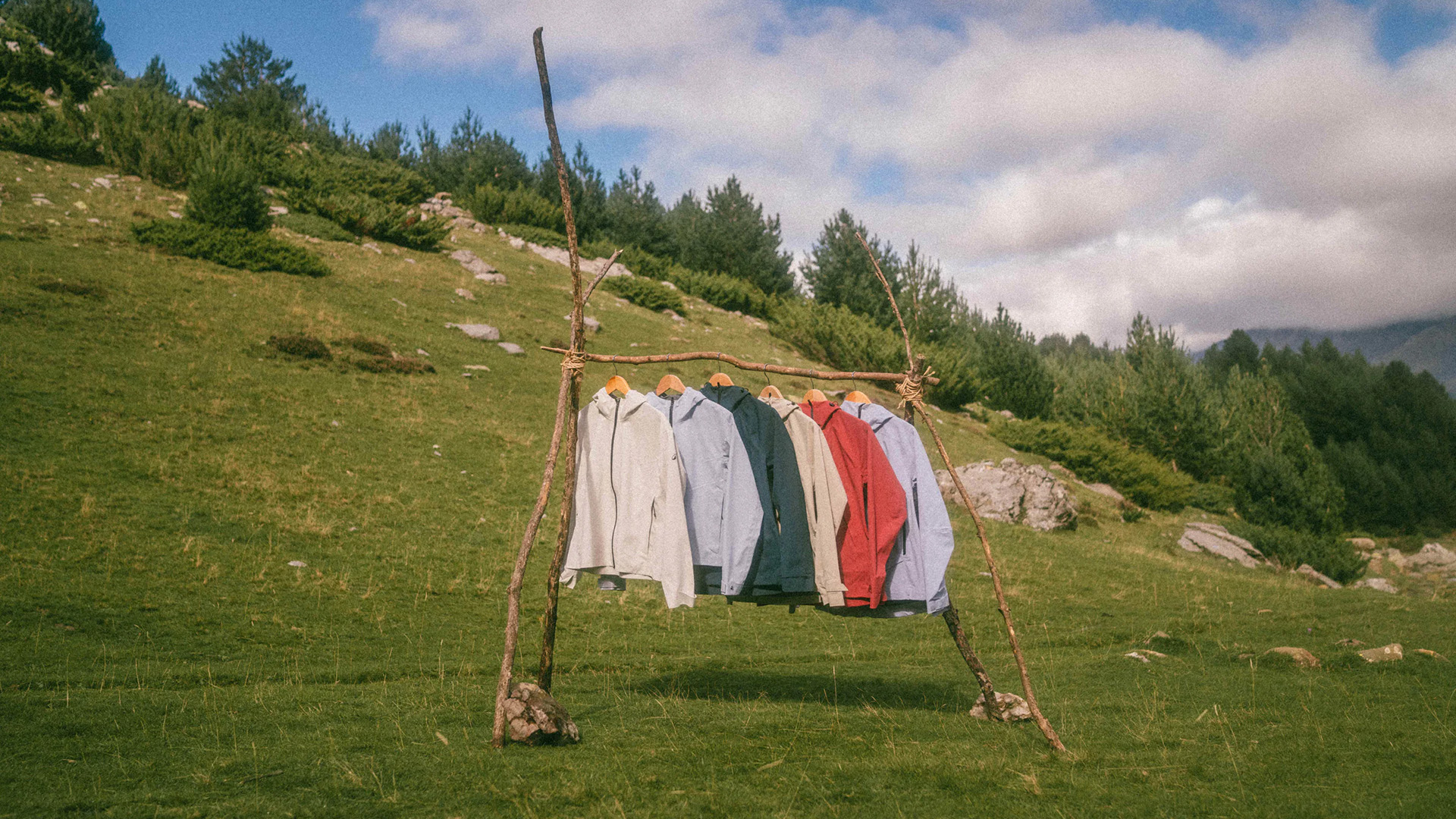
Feel the Alps on your back with Quechua’s new lightweight hiking gear
The collection levels up hiking gear with ultra-light jackets and trail-ready shoes
By Matt Kollat Published
-
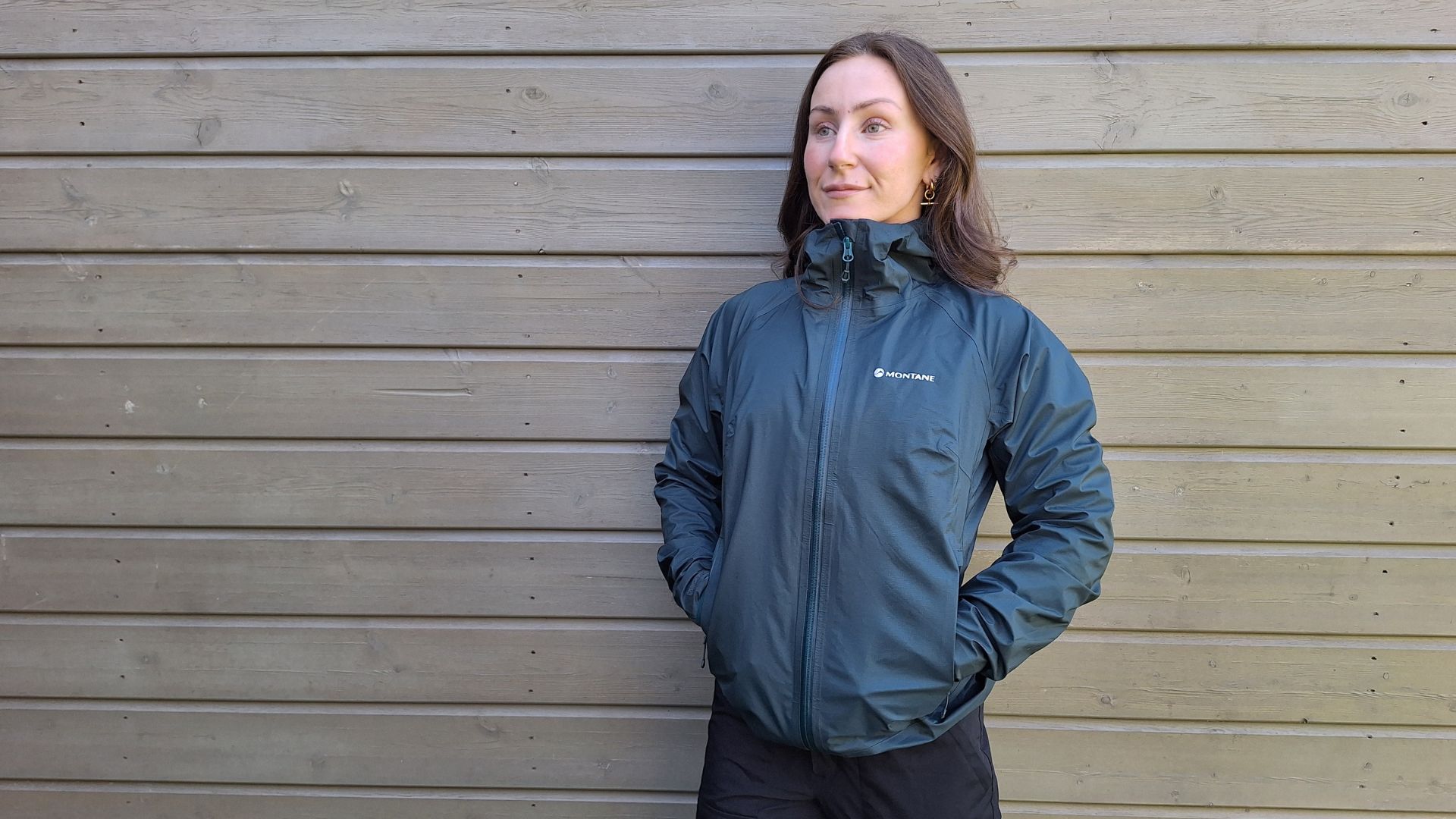
I hiked in Montane’s Cetus Lite Waterproof Jacket, and it's more practical than it looks
A waterproof jacket that’s lightweight, performance-driven and sustainable
By Bryony Firth-Bernard Published
-
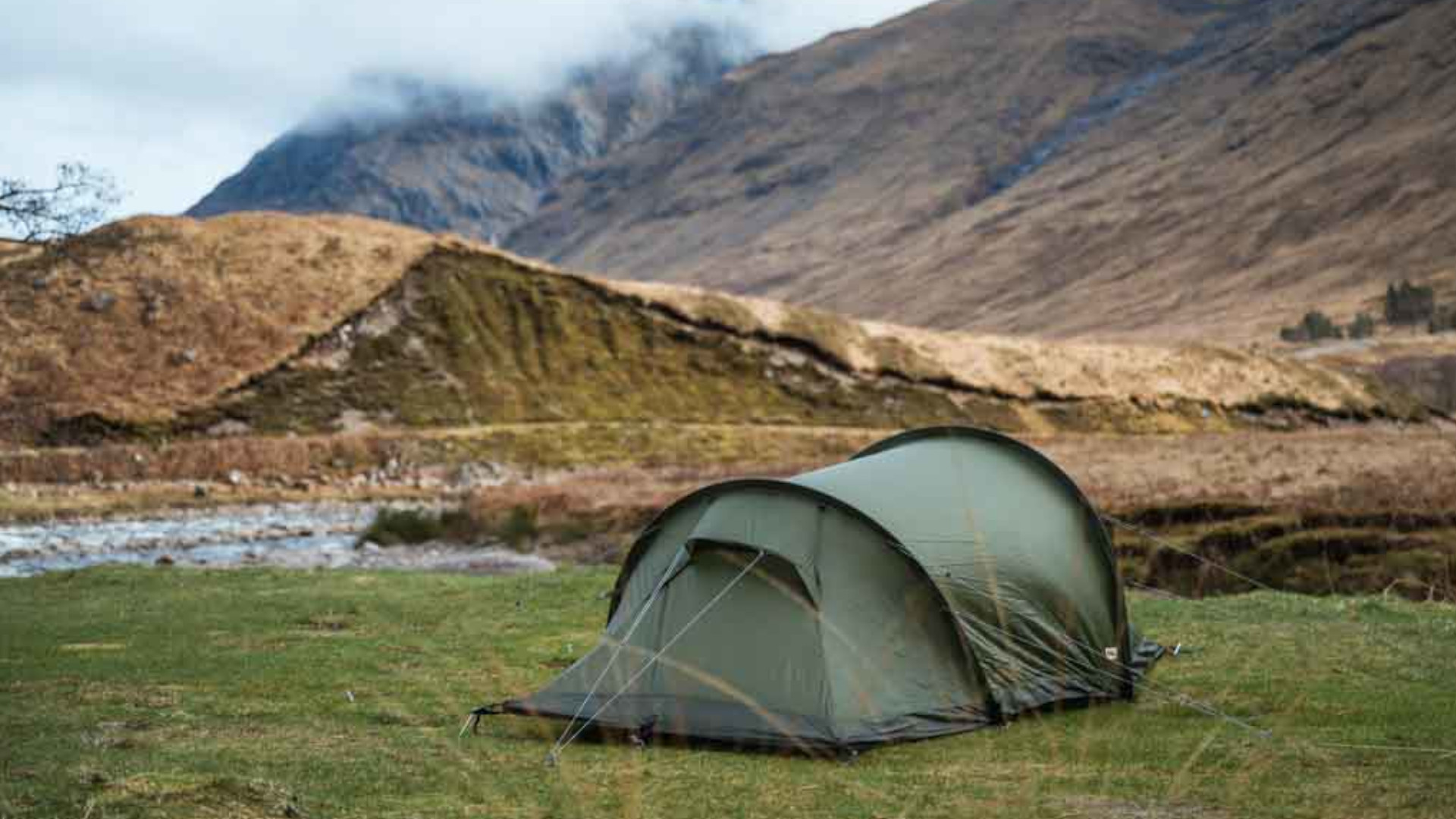
Fjallraven Abisko Lite 2 review: A backpacker's dream tent
This tent survived wind, rain and me – that says a lot
By Matt Buckley Published
-
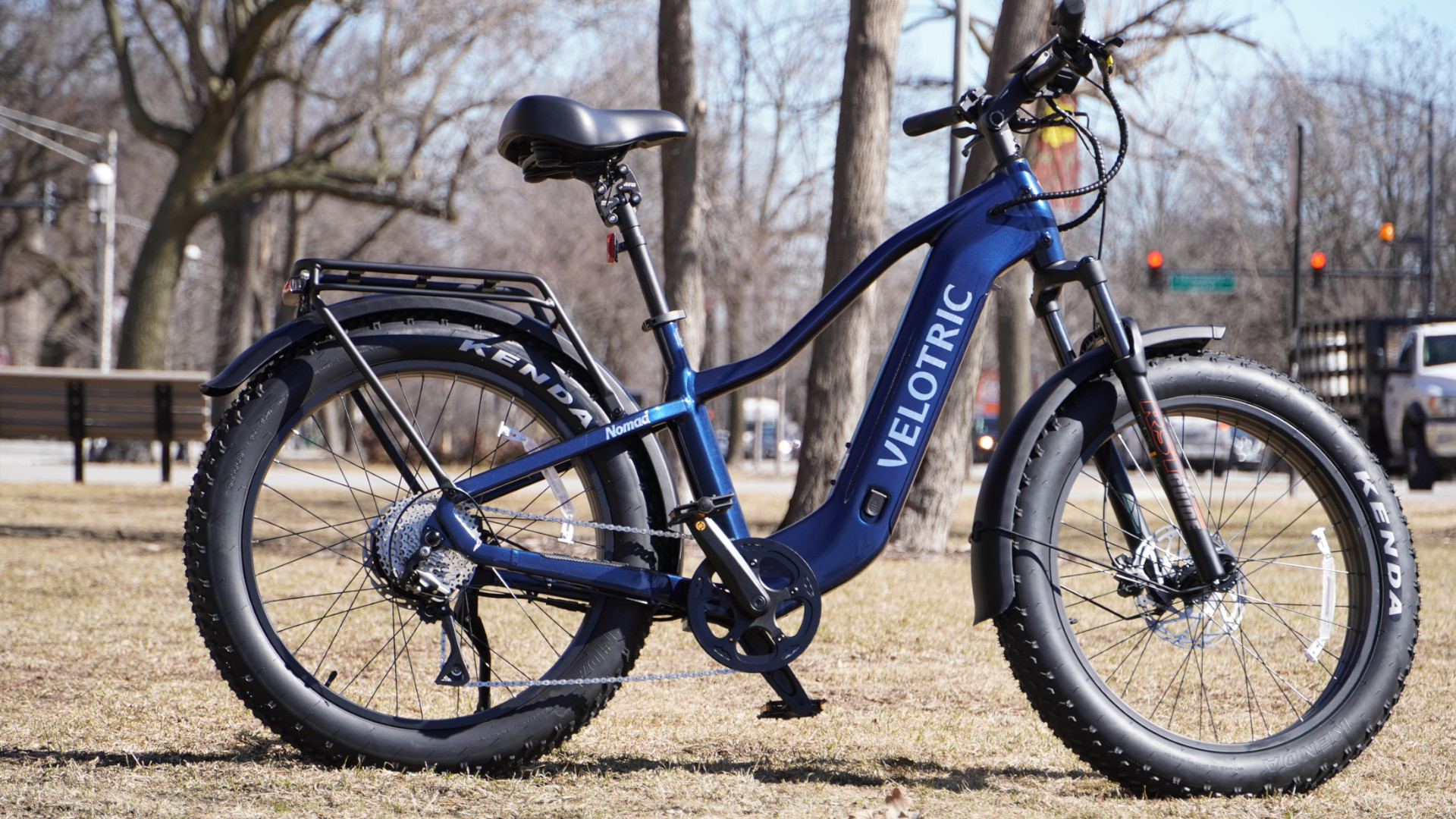
Velotric Nomad 2 review: A fat-tire ebike ready for casual cruising
Big and ready to roll
By Mark Knapp Published
-
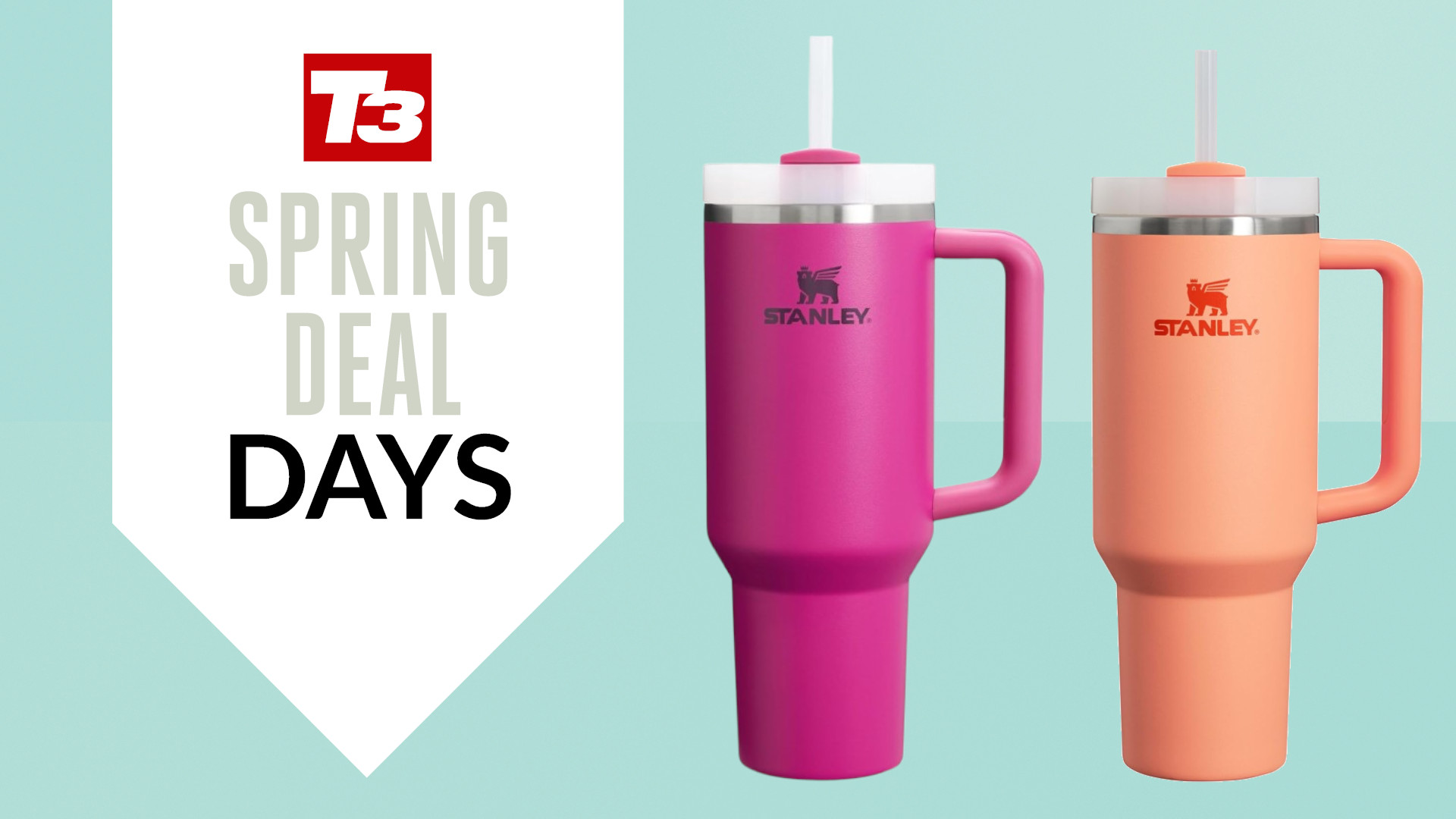
Don’t miss out: the Stanley Cup has had a mega price drop on Amazon
It's time to join the Stanley Cup club (if you haven't already)
By Bryony Firth-Bernard Published
-
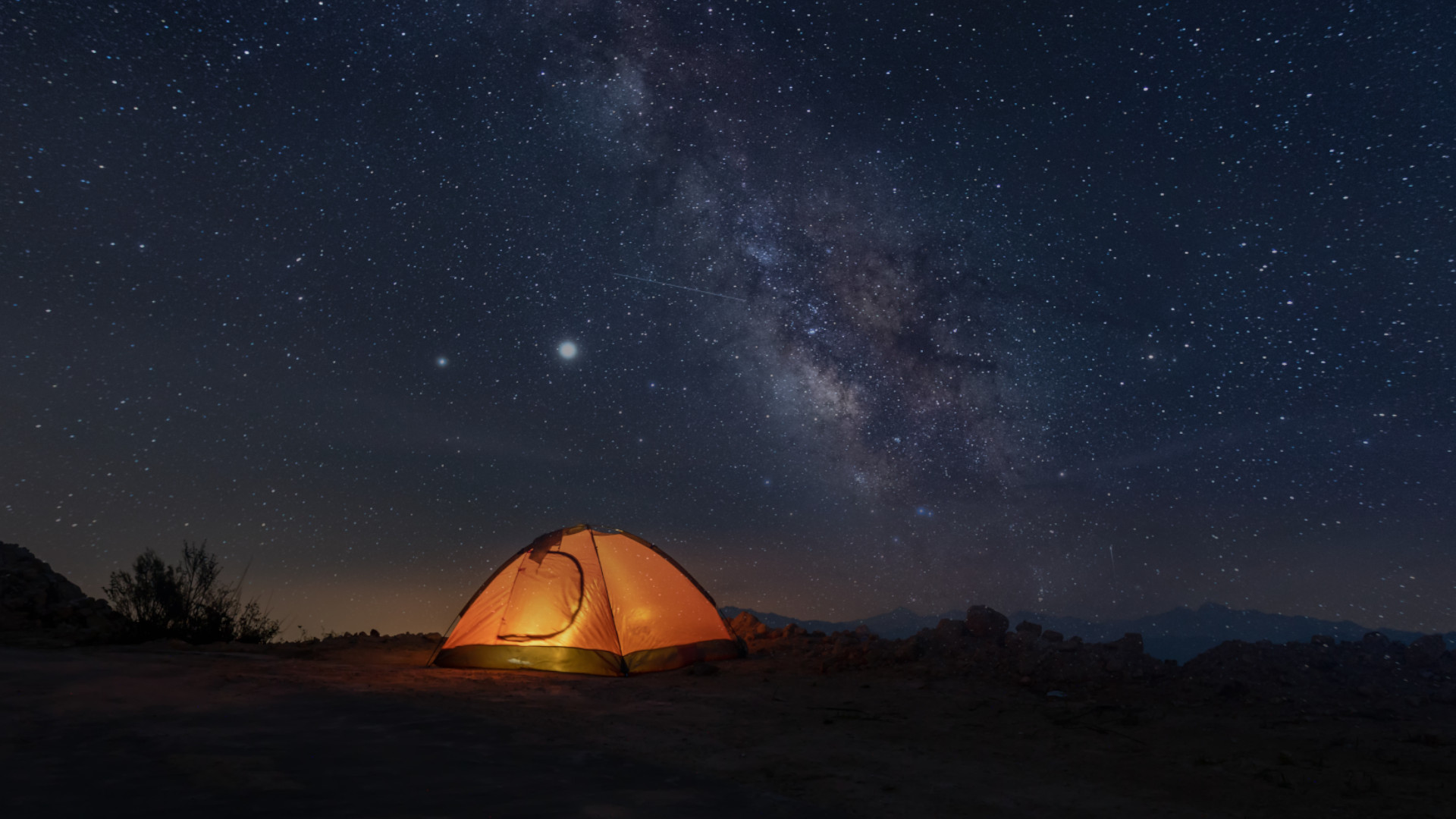
How to sleep comfortably while camping, according to an outdoor expert
Get a restful night’s sleep under the stars with these simple steps
By Bryony Firth-Bernard Published
-
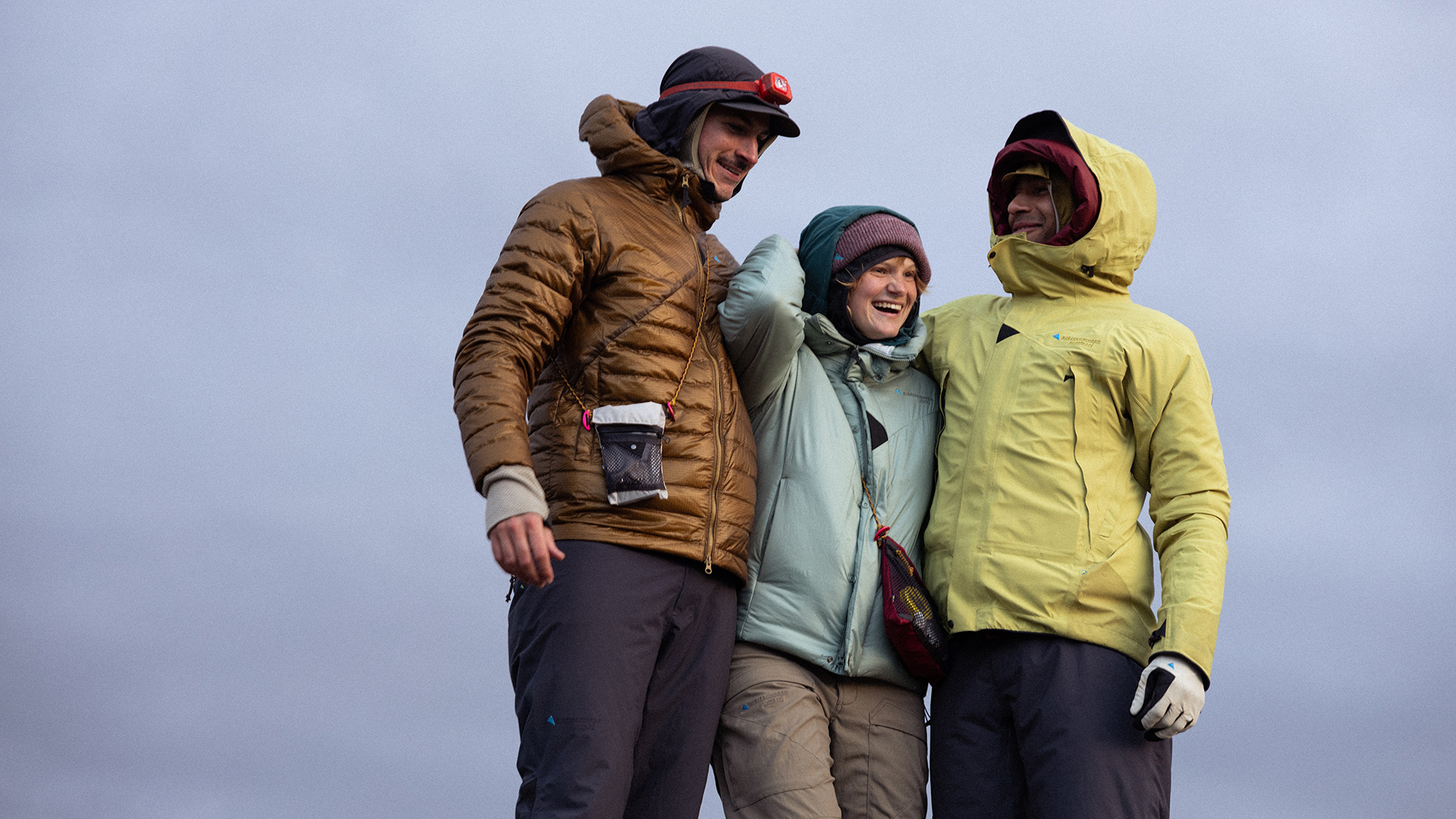
Think your outdoor gear is tough? Klattermusen’s new line says otherwise
The Swedish outdoor brand's new gear is no gimmicks, just pure performance
By Matt Kollat Published
-
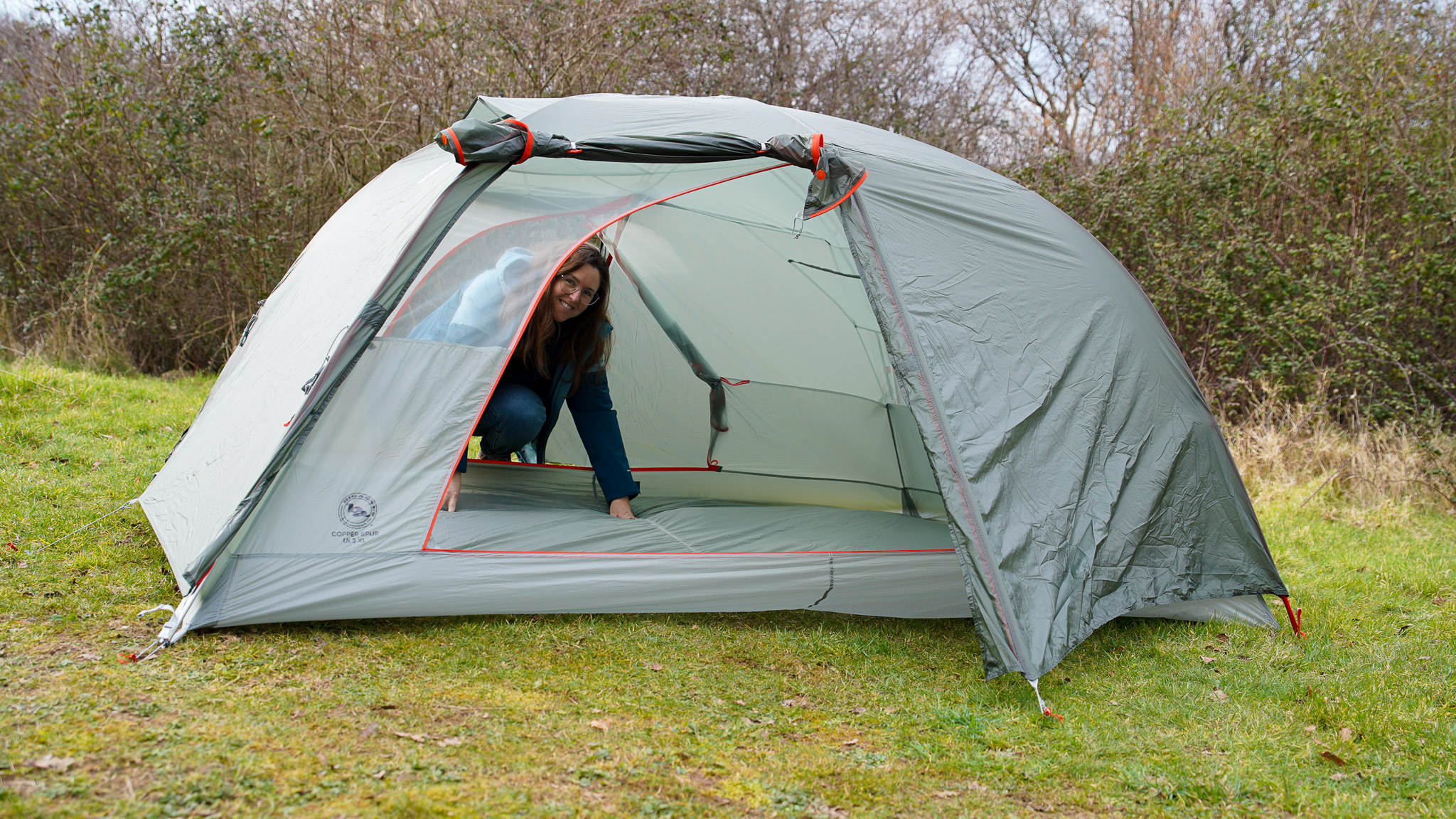
I took the Big Agnes Copper Spur UL3 XL into the woods, and its off-ground storage was a revelation
Lightweight, spacious, and packed with smart storage – this tent does it all
By Matt Kollat Published
-
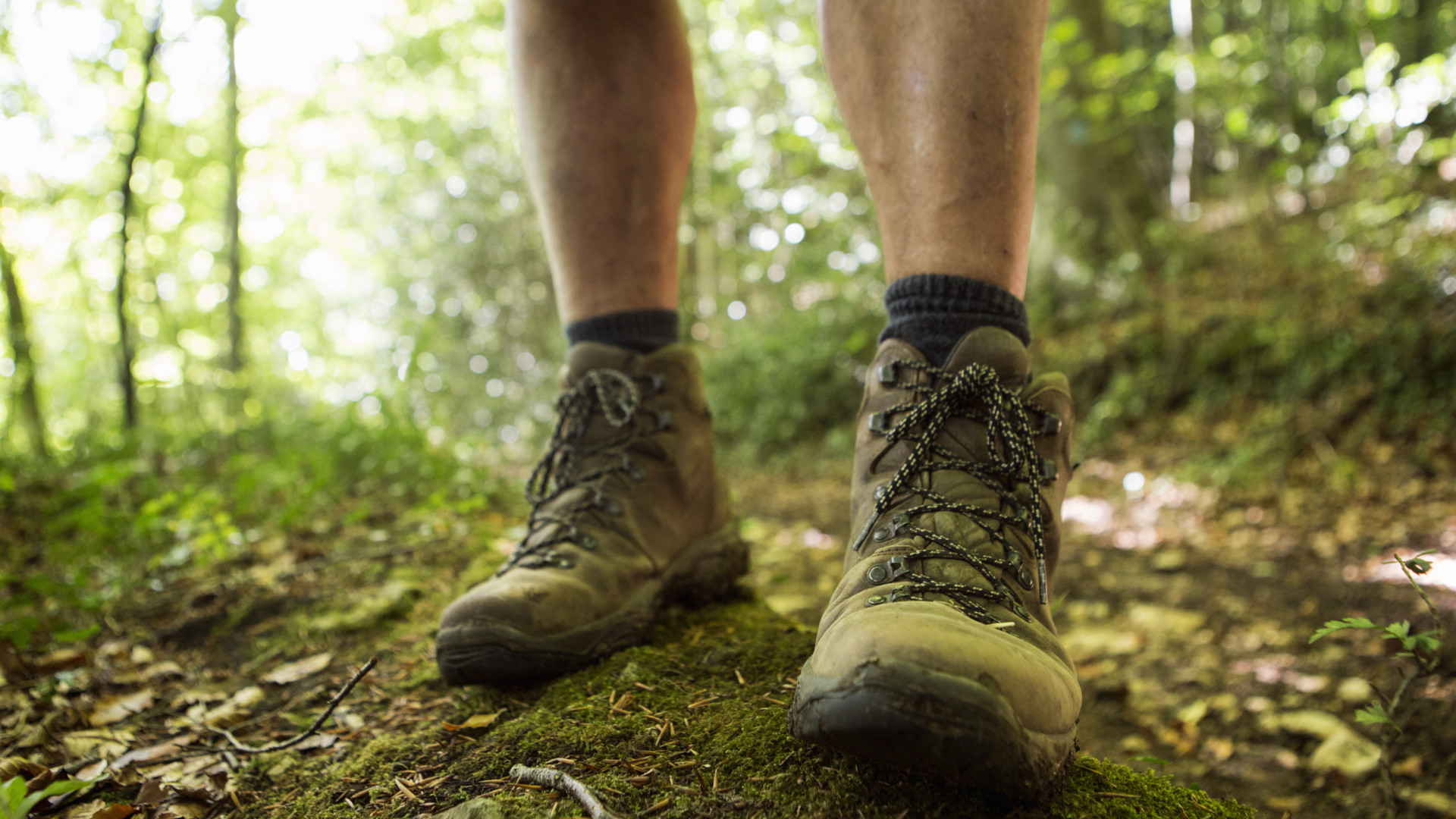
No stupid questions: how often should I clean my hiking boots?
Want to extend the life of your hiking boots? This is how often you should be cleaning them
By Bryony Firth-Bernard Published
-
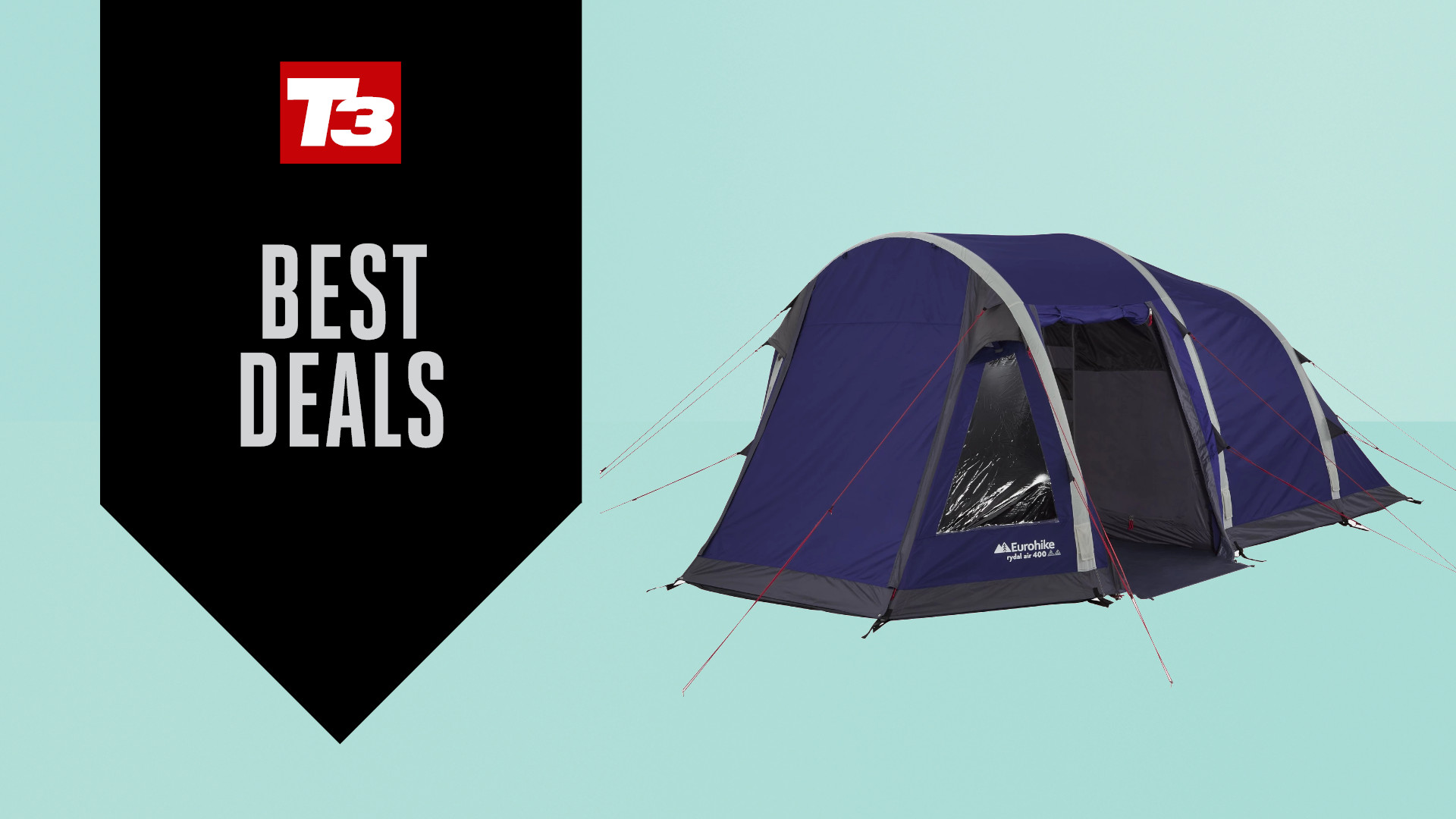
GoOutdoors slashes up to 70% on tents and outdoor gear ahead of camping season
Grab yourself a bargain while you can!
By Bryony Firth-Bernard Published
-

Merrell drops a SpeedARC without the BOA – and your wallet will thank them
SpeedARC Matis swaps BOA for laces but keeps the tech
By Matt Kollat Published
-

Best women's hiking boots 2025: sturdy footwear for tackling the great outdoors
We rank the best women's hiking boots, for comfort, value, robustness and style
By Bryony Firth-Bernard Last updated
-

Vango Thermocore XPD review: Sleep like a king in the wild
This affordable, thick and warm backpacking mat is worth the weight
By Matt Kollat Published
